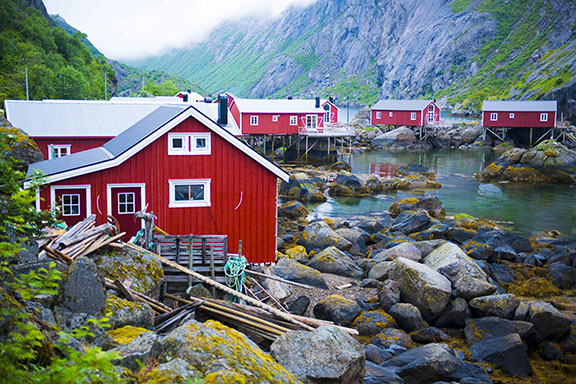
What Is A Rorbu?
A rorbu (rorbuer, plural) is a fisherman’s cabin and one of the most recognizable symbols (along with codfish) of Norway’s Lofoten Islands.
The rorbu has distinctive bright red paint and white trim. It is to Norway as the mountain chalet is to Switzerland. Both are a shining example of local architecture steeped in colorful tradition and uniquely tailored for the environment and residents.
History
Nobody really knows when the first rorbuer came into existence. Old sagas mention a king named Øystein commissioning the construction of rorbuer for use by Lofoten fisherman during the year AD 1120. Back then, fisherman used open rowboats and sailing vessels to ply the waters of the Lofoten archipelago. Winter (January-March) is the prime fishing season for skrei (migrating cod). The construction of even the most basic shelters would have been a welcomed improvement during the long polar nights.
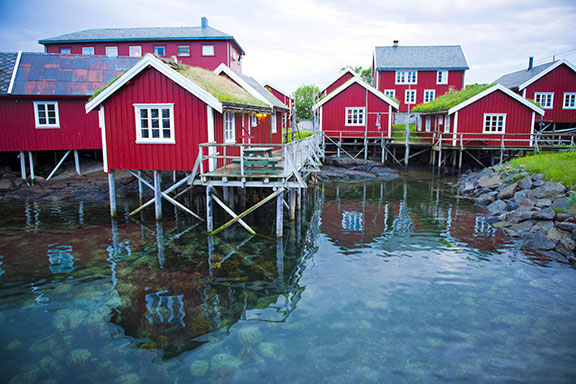
Architecture
The first rorbuer were very simple. Built from wood, they consisted of one room for living/sleeping, and a secondary room for the storing of tools and supplies. The bright red paint makes them easy to spot from the sea, but the stilts give rorbuer a truly unique appearance. Rorbuer are built half on land and half over water. This feature offers quick access to the sea and a level building surface on otherwise rocky and sloping terrain. The original rorbuer also had sod rooftops, some of which you can still see today.
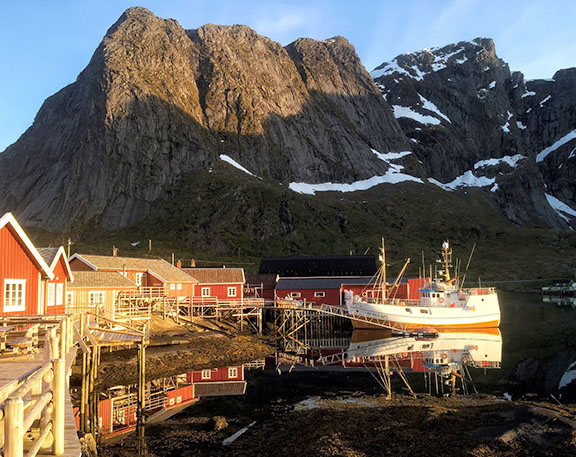
Cod Fishing
Cod fishing has been the economic lifeline of Lofoten for more than one thousand years. At one point, the Lofoten islands were the primary source of cod for all of mainland Europe. Fishing is still important to the economy (you can see codfish drying on wooden racks in many of the small villages), but tourism contributes more and more dollars to Lofoten every year. As a result, many rorbuer have been converted to tourist accommodations. Comfort levels span the entire spectrum, from basic and spartan all the way to luxurious.
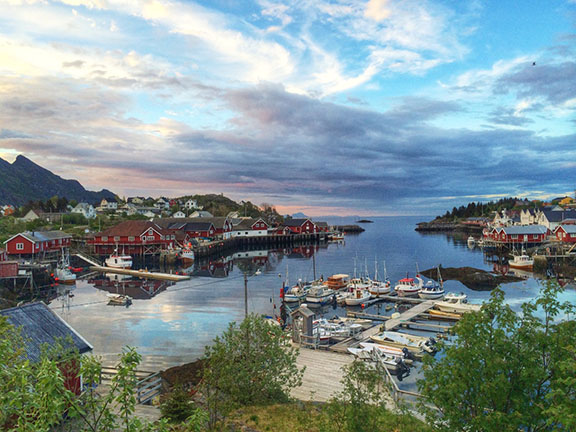
The Village of Reine
One of the best places to see (and stay) in a rorbu is the village of Reine, which we visit during days 4 and 5 of our Norway | The Islands of Lofoten hiking tour. If you like clean Scandinavian design, then you’ll love sleeping in a rorbu. Our preferred accommodation is Reine Rorbuer. (Visit their website to see some awesome photos.) Reine rorbuer is not just a hotel, but rather a collection of converted rorbu cottages that offer an authentic taste of Norway’s rich culture and fishing heritage.

If you like the warmth of natural wood, then you’ll love Lofoten’s rorbuer. Check out our Norway hiking tour page for upcoming departures to the Lofoten archipelago.
Photos by Staffan Björklund


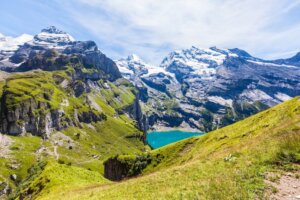
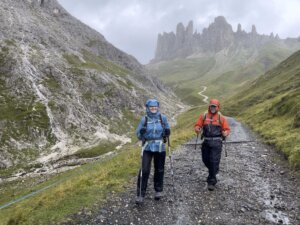
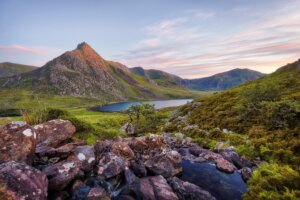
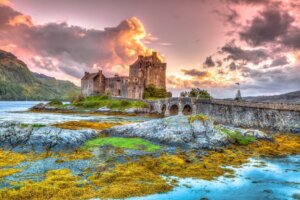

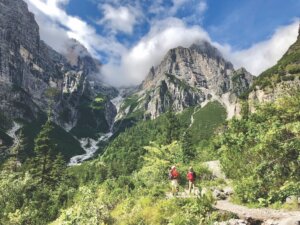

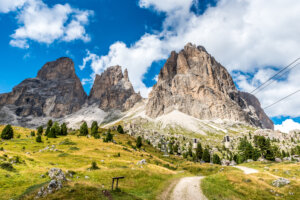

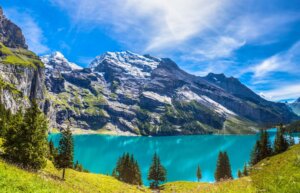
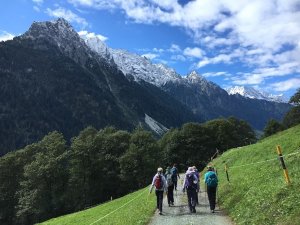
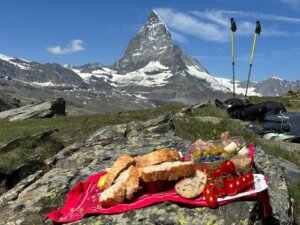







Comments are closed.